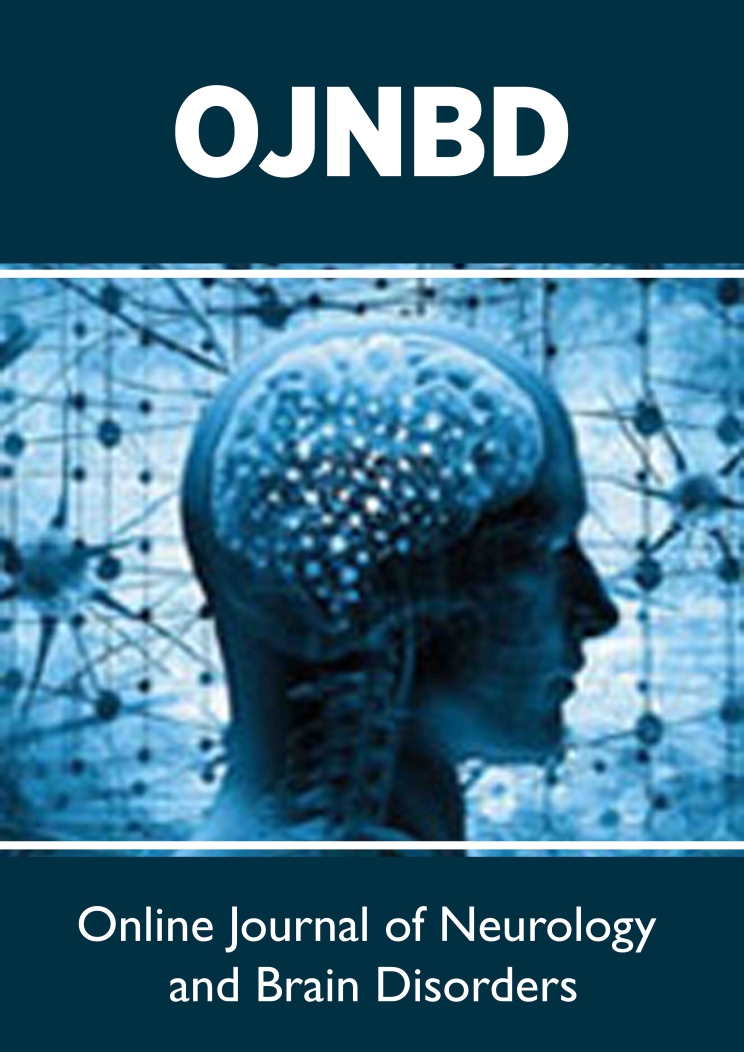-
Short CommunicationView abstract
 PDF
PDF
 Full text
Over the past few years, Extracellular vesicles (EV’s) including exosomes have emerged as promising therapeutics in numerous clinical applications. Initially disregarded as mere cellular debris, they are now recognized as powerful mediators of intercellular communication, playing crucial roles in a wide array of physiological and pathological processes. Mesenchymal stem cells (MSCs)-derived EV mimic the effects of MSCs while offering numerous advantages, including non-infusion toxicity, low retention in lungs, easy preservation and handling, the ability to penetrate the blood-brain barrier, and absence of tumorigenic potential. Additionally, these natural nanocarriers offer several advantages over conventional drug delivery systems, including enhanced biocompatibility, prolonged circulation, and intrinsic targeting capabili..... ReadMore
Full text
Over the past few years, Extracellular vesicles (EV’s) including exosomes have emerged as promising therapeutics in numerous clinical applications. Initially disregarded as mere cellular debris, they are now recognized as powerful mediators of intercellular communication, playing crucial roles in a wide array of physiological and pathological processes. Mesenchymal stem cells (MSCs)-derived EV mimic the effects of MSCs while offering numerous advantages, including non-infusion toxicity, low retention in lungs, easy preservation and handling, the ability to penetrate the blood-brain barrier, and absence of tumorigenic potential. Additionally, these natural nanocarriers offer several advantages over conventional drug delivery systems, including enhanced biocompatibility, prolonged circulation, and intrinsic targeting capabili..... ReadMore -
Research ArticleView abstract
 PDF
PDF
 Full text
As early as 1990, A Maurel Ollivier emphasized that all doctors are familiar with Esquirol-Séguin-Down syndrome, but most of them are poorly educated about the associated disability. Ollivier emphasized the importance of early detection of hearing impairment because of its potential for worsening the manifestations of mental retardation. However, little emphasis has been made in the medical literature about the association of Esquirol-Séguin-Down syndrome with inner ear impairment...... ReadMore
Full text
As early as 1990, A Maurel Ollivier emphasized that all doctors are familiar with Esquirol-Séguin-Down syndrome, but most of them are poorly educated about the associated disability. Ollivier emphasized the importance of early detection of hearing impairment because of its potential for worsening the manifestations of mental retardation. However, little emphasis has been made in the medical literature about the association of Esquirol-Séguin-Down syndrome with inner ear impairment...... ReadMore -
Research ArticleView abstract
 PDF
PDF
 Full text
According to Western medicine’s diagnosis, Parkinson’s disease is a disorder characterized by slowing in the movements associated with rigidity or tremors. The purpose of this article is to show that sick people with Parkinson’s disease have in common, energy alterations in the theory of the five elements of traditional Chinese medicine and the therapy of this situation is of uppermost significance to handling the “root” cause of the formation of Parkinson’s disease symptoms and not just treating the manifestations presented by these patients...... ReadMore
Full text
According to Western medicine’s diagnosis, Parkinson’s disease is a disorder characterized by slowing in the movements associated with rigidity or tremors. The purpose of this article is to show that sick people with Parkinson’s disease have in common, energy alterations in the theory of the five elements of traditional Chinese medicine and the therapy of this situation is of uppermost significance to handling the “root” cause of the formation of Parkinson’s disease symptoms and not just treating the manifestations presented by these patients...... ReadMore -
OpinionView abstract
 PDF
PDF
 Full text
No doubt, in the contemporary era, liberty is one of the most important objectives of civilians around the world, although with different concepts or expectations, based on personal perspectives or national principles. Though, usually, in every system, the related legislative and executive organizations...... ReadMore
Full text
No doubt, in the contemporary era, liberty is one of the most important objectives of civilians around the world, although with different concepts or expectations, based on personal perspectives or national principles. Though, usually, in every system, the related legislative and executive organizations...... ReadMore -
Research ArticleView abstract
 PDF
PDF
 Full text
The objective of this study was to perform a retrospective analysis of the management of status epilepticus at Tufts Medical Center to determine the utility of phenytoin and fosphenytoin as an anti-epileptic medication in status epilepticus (SE) and refractory status epilepticus (RSE)...... ReadMore
Full text
The objective of this study was to perform a retrospective analysis of the management of status epilepticus at Tufts Medical Center to determine the utility of phenytoin and fosphenytoin as an anti-epileptic medication in status epilepticus (SE) and refractory status epilepticus (RSE)...... ReadMore -
OpinionView abstract
 PDF
PDF
 Full text
Prolonged and repeated childhood maltreatment can lead to lifelong complications including the development of Complex Posttraumatic Stress Disorder (CPTSD). Complex Posttraumatic Stress Disorder (CPTSD) comprises the full spectrum of posttraumatic stress disorder symptoms (PTSD) along with an additional cluster of biopsychosocial and emotional symptoms found resistant to traditional..... ReadMore
Full text
Prolonged and repeated childhood maltreatment can lead to lifelong complications including the development of Complex Posttraumatic Stress Disorder (CPTSD). Complex Posttraumatic Stress Disorder (CPTSD) comprises the full spectrum of posttraumatic stress disorder symptoms (PTSD) along with an additional cluster of biopsychosocial and emotional symptoms found resistant to traditional..... ReadMore -
OpinionView abstract
 PDF
PDF
 Full text
Prolonged and repeated childhood maltreatment can lead to lifelong complications including the development of Complex Posttraumatic Stress Disorder (CPTSD). Complex Posttraumatic Stress Disorder (CPTSD) comprises the full spectrum of posttraumatic stress disorder symptoms (PTSD) along with an additional cluster of biopsychosocial and emotional symptoms found resistant to traditional..... ReadMore
Full text
Prolonged and repeated childhood maltreatment can lead to lifelong complications including the development of Complex Posttraumatic Stress Disorder (CPTSD). Complex Posttraumatic Stress Disorder (CPTSD) comprises the full spectrum of posttraumatic stress disorder symptoms (PTSD) along with an additional cluster of biopsychosocial and emotional symptoms found resistant to traditional..... ReadMore -
OpinionView abstract
 PDF
PDF
 Full text
Fatherland, motherland, homeland or biological country are comparable concepts, which are, historically and metaphorically,mmixed with honor, nationality and commitment. Fatherland, concretely, means a specific geographical location that includes a particular nation...... ReadMore
Full text
Fatherland, motherland, homeland or biological country are comparable concepts, which are, historically and metaphorically,mmixed with honor, nationality and commitment. Fatherland, concretely, means a specific geographical location that includes a particular nation...... ReadMore
Lupine Publishers Group
Lupine Publishers
ISSN: 2637-6628
Online Journal of Neurology and Brain Disorders
Online Journal of Neurology and Brain Disorders is an interdisciplinary open access online journal solely focusing on the loyal work in the field of Neurological and Brain Disorders. It is known for its circulation of high standard information in the field of Neurology and Brain Disorders about current research work. We covert to provide beneficial podium for all scientists, researchers and students across the world to discuss and quantum their research work related to neuron sciences. It covers all the areas confined to the neuro-sciences field that takes care of diagnosis and treatment of Neurological and Brain Disorders involving Central Nervous System, Peripheral Nervous System, Somatic Nervous System disorders. OJNBD not only focuses on the people reading for Neurology and Brain Disorders but also focus on clinical trial researchers. It spotlights to publish reliable research information in the form of research articles, editorials, review articles, mini reviews, case reports, etc.



















.png)
.jpg)

